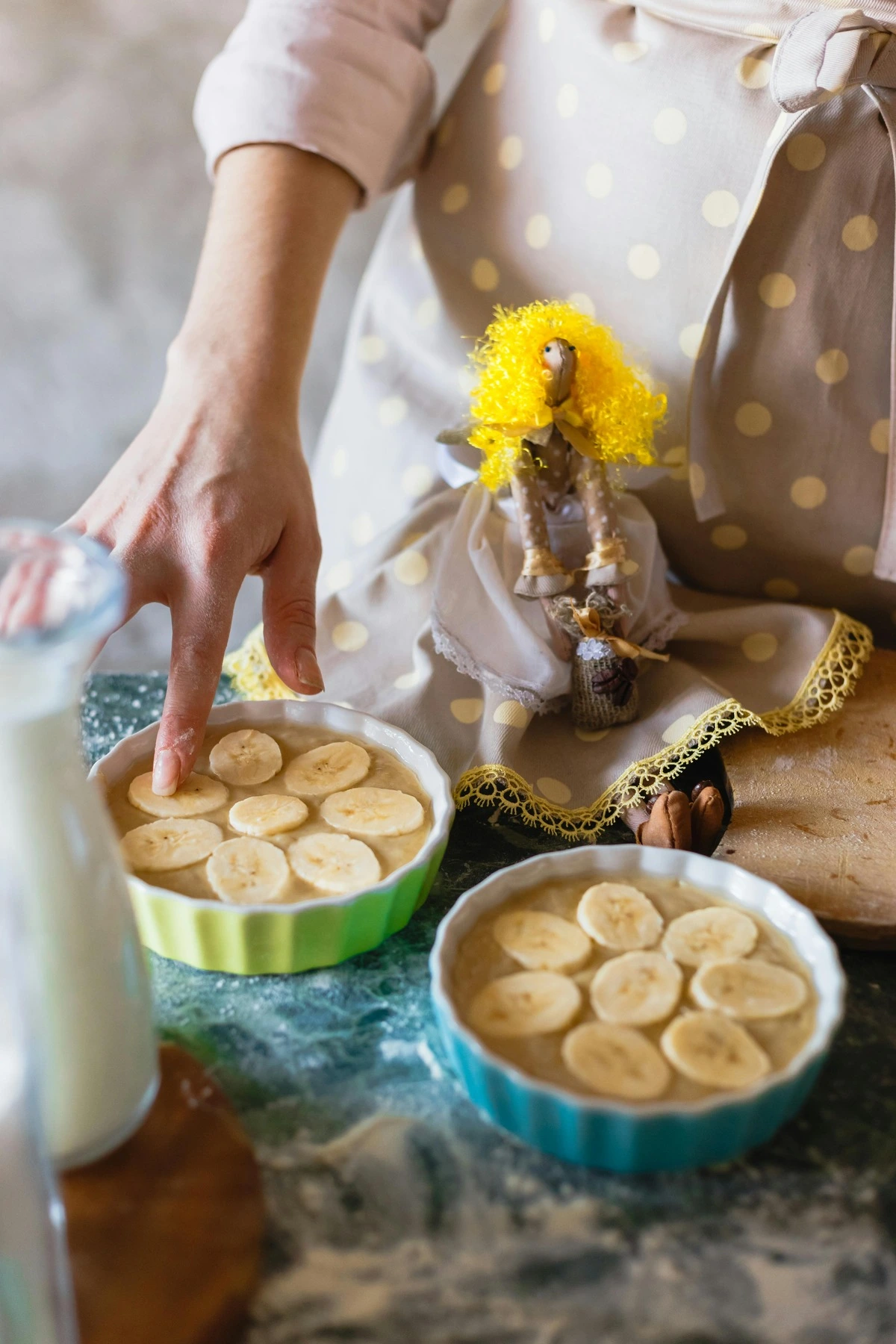Bananas are a popular fruit known for their convenience, taste, and nutritional benefits. But when it comes to diabetes, many people wonder whether they can include bananas in their diet. Let’s explore how this sweet fruit fits into a diabetes-friendly eating plan.
UNDERSTANDING DIABETES
Diabetes is a chronic condition that affects how the body processes glucose (sugar). In simple terms, the body either doesn’t make enough insulin or can’t use it properly. Insulin is the hormone that moves glucose from the blood into cells for energy. When this process is disrupted, blood sugar levels rise. Because carbohydrates directly affect blood sugar, people with diabetes need to watch both the type and amount they eat. The good news is that with careful management and a balanced diet, individuals with diabetes can still enjoy a wide variety of foods.
NUTRITIONAL PROFILE OF BANANAS
Bananas are rich in vitamins, minerals, fiber, and antioxidants. Here’s why these matters:
• Fiber: A medium ripe banana contains about 4 to 5 grams of fiber. Fiber slows the absorption of sugar, helping blood glucose stay steady.
• Potassium: This mineral supports heart health and helps regulate blood pressure.
• Vitamins: Bananas provide vitamin C and vitamin B6, which boost immune function and energy metabolism.
• Natural sugars: Bananas contain natural carbohydrates that are digested along with fiber very different from processed sugar.
FRUIT SWEETNESS VS. ADDED SUGAR
Many people worry about the sweetness of fruit. However, it’s important to know that fruit sugar is not the same as table sugar. Fruit comes packaged with fiber, water, and antioxidants. Because of this, the glucose from fruit enters the bloodstream more gradually, while refined sugar causes a faster spike.
ARE BANANAS SAFE FOR DIABETICS?
The short answer is yes bananas can be part of a diabetes-friendly diet. Fruits, including bananas, provide valuable nutrients despite their natural sugars. Still, it’s wise to keep a few tips in mind.
• Watch portions: Stick to one small banana or half a large banana at a time to limit carbohydrate load.
• Choose the right ripeness: Slightly green bananas have a lower glycemic index than very ripe ones.
Interestingly, high fiber intake from fruits like bananas has been linked to improved blood sugar and insulin sensitivity. Some research even suggests it may lower the risk of developing type 2 diabetes or its complications.
Why Pair Bananas with Protein or Healthy Fats?
Pairing bananas with protein (like Greek yogurt) or healthy fats (such as nuts or peanut butter) is more than a tasty combination. Research shows it offers several blood-sugar benefits:
• Slows digestion: Protein and fat delay gastric emptying the speed at which food leaves the stomach so the natural sugars in bananas are absorbed more gradually.
• Reduces blood sugar spikes: A slower release of glucose leads to a gentler rise in blood sugar after eating. Studies in Diabetes Care and the American Journal of Clinical Nutrition confirm that adding protein or fat to a carbohydrate-rich meal lowers post-meal blood glucose levels.
• Improves satiety: Protein and fat help you feel full longer, which can prevent overeating and support better weight management.
• Supports steady energy: By slowing the breakdown of carbohydrates, the banana’s energy lasts longer and avoids sudden crashes.
These combined effects make a banana paired with nuts, yogurt, or nut butter a smarter choice for people with diabetes than eating the fruit alone.
TIMING MATTERS
When you eat bananas can make a difference. For example, enjoy a banana after exercise when muscles use glucose efficiently or alongside a balanced meal to prevent rapid spikes.
MONITOR YOUR BLOOD SUGAR
Everyone responds to carbohydrates differently. That’s why checking your blood sugar after eating bananas can help you understand how your body reacts and guide your portion size.
HEALTHY BANANA IDEAS FOR DIABETICS
Eating bananas can still be fun and flavorful. Try these simple options:
• Banana Overnight Oats: Layer oats, Greek yogurt, chia seeds, and banana slices for a high-fiber breakfast.
• Banana and Nut Smoothie: Blend a small banana with spinach, unsweetened almond milk, and almond butter for a filling snack.
• Banana Slices with Almond Butter: A quick treat combining fiber, protein, and healthy fats for better blood sugar balance.
KEY TAKEAWAY
In moderation, bananas can fit into a diabetes-friendly eating plan. With smart choices like controlling portions, pairing with protein or healthy fats, and monitoring blood sugar, their fiber, vitamins, and minerals can support overall health.
Always consult a registered dietitian or healthcare provider to personalize fruit intake to your personal blood-sugar goals.
FAQs ABOUT BANANAS AND DIABETES
1. Can diabetics eat bananas every day?
Yes, but portion control is essential. Stick to one small banana or half a large banana and monitor your blood sugar to see how your body responds.
2. Are green bananas better than ripe bananas for diabetics?
Slightly green (less ripe) bananas have a lower glycemic index, which means they raise blood sugar more slowly than very ripe bananas.
3. Is banana fiber helpful for blood sugar control?
Yes. A medium banana contains about 4 to 5 grams of fiber, which slows sugar absorption and supports stable blood glucose levels.
4. What is the best time to eat a banana if you have diabetes?
After exercise or with a balanced meal that includes protein or healthy fats to prevent rapid spikes in blood sugar.
5. Can bananas help prevent type 2 diabetes?
Regular fruit intake, including fiber-rich bananas, is linked to a lower risk of type 2 diabetes, according to observational studies.
DISCLAIMER
This article is for educational purposes only and is not a substitute for professional medical advice. People with diabetes should consult their healthcare provider or a registered dietitian before making changes to their diet.
CALL TO ACTION
Do you enjoy bananas or have a favorite diabetes-friendly recipe? Share your tips or questions in the comments below to help others discover healthy ways to enjoy this nutritious fruit.
REFERENCES
1. Jenkins DJ et al. “Glycemic index of foods: a physiological basis for carbohydrate exchange.” Am J Clin Nutr. 1981;34(3):362–366.
2. Wolever TM et al. “The role of glycemic index in diabetes management.” Diabetes Care. 2003;26(11):2960–2966.
3. Livesey G et al. “Glycemic response and health: recent advances in understanding.” Eur J Clin Nutr. 2008;62(1): S1–S4.
4. Jenkins DJ et al. “Effect of combining protein or fat with carbohydrate on glycemic response.” Diabetes Care. 1984;7(5):465–470. 5. Muraki I et al. “Fruit consumption and risk of type 2 diabetes: results from three prospective longitudinal cohort studies.” BMJ. 2013;347: f5001.




